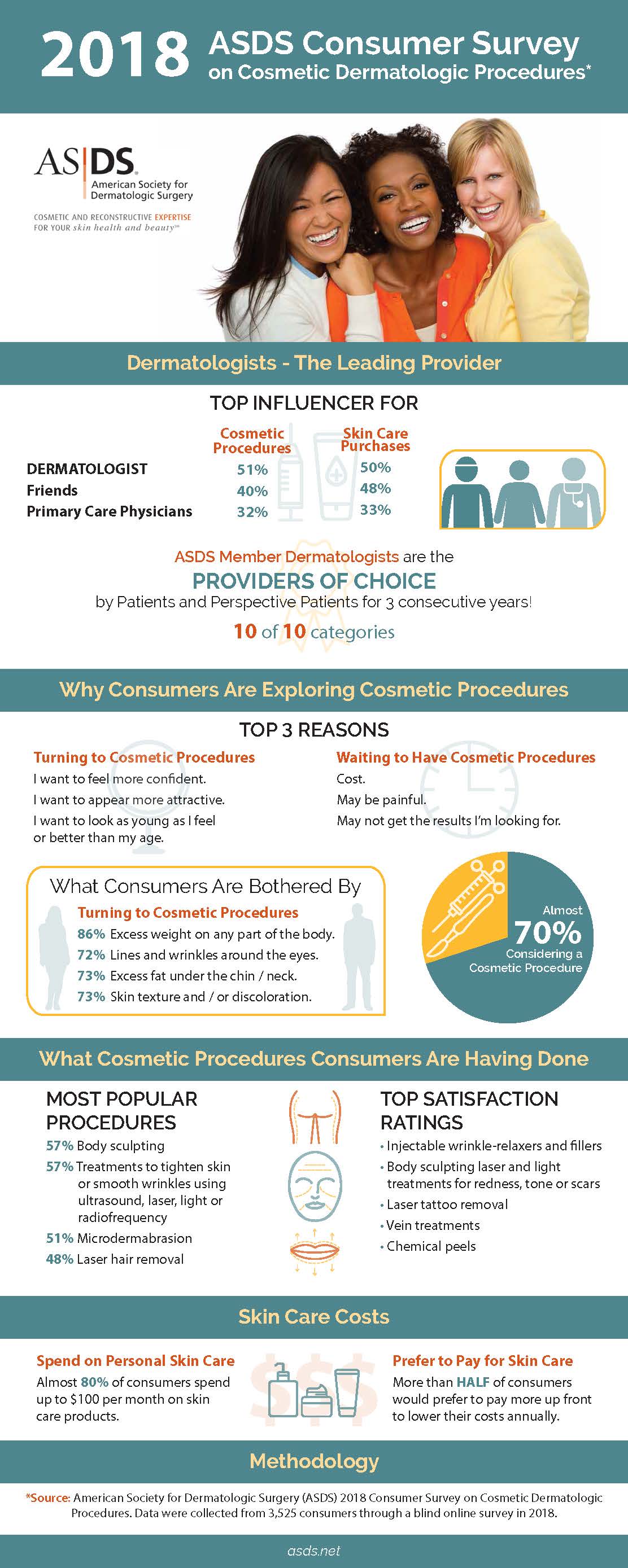Why Does Acne Come Back
Why Does Acne Come Back
Blog Article
Prescription Acne Products Vs Over-The-Counter Acne Products
Over-the-counter acne products consist of cleansers, place therapies and other topical drugs that put on the skin. They work by eliminating germs, removing excess oil and speeding up the development of new skin.
Prescription acne items consist of dental drugs and gels. They target the microorganisms that cause acne and block hormonal agents like testosterone, which trigger breakouts.
Benzoyl Peroxide
Benzoyl peroxide is one of the most popular ingredients found in over-the-counter acne products. This antiseptic agent eliminates microorganisms, aids get rid of excess oil, and lowers dead skin cells that can obstruct pores. Relying on the focus of benzoyl peroxide in a certain item, it can likewise function as an oxidizing representative, which can assist to dissolve blackheads.
Many benzoyl peroxide products are available in different strengths, ranging from 2.5 percent to 10 percent. Guerrero and Lee advise beginning with a low-strength item and slowly boosting the amount used daily.
Keep in mind that benzoyl peroxide can create completely dry, scratchy, peeling off skin. This adverse effects typically goes away once the skin gets made use of to the drug. Individuals with sensitive skin should use a cream to aid avoid this dryness.
This medication should not be made use of on cuts, scratches, or sunburns. It might bleach material, so avoid direct contact with clothing. It is additionally crucial to stay out of the sun or use a sun block with an SPF of 30 or greater.
Salicylic Acid
A beta hydroxy acid, salicylic acid assists unclog pores by softening the keratin that builds up in the skin. It additionally assists the skin dropped dead cells and decreases swelling, which can aid stop blackheads from developing. It's frequently combined with various other components in prescription treatments such as Onexton (clindamycin and benzoyl peroxide) or Epiduo (adapalene and salicylic acid).
Non-prescription salicylic acid is offered in varying concentrations from 0.05% to 2% in wash-off items and leave-on creams. It can cause light painful, and it's not suggested for very delicate skin. It might communicate with some medications, consisting of aspirin and methyl salicylate (used in some muscular tissue scrubs), so be sure to inform your physician about any prescription and nonprescription medications, vitamins and supplements you are taking.
Applying way too much salicylic acid or utilizing it for a longer period of time than routed by your physician can result in the problem referred to as salicylate skin lab poisoning, which is potentially unsafe to youngsters and grownups. Get in touch with a doctor immediately if you experience persistent skin irritability, itching or hives after usage.
Azelaic Acid
Adding a new skin care active ingredient to your line-up is constantly a bit of a gamble. You desire it to function well with your existing products, but you additionally require it to be efficient and safe-- particularly if you have delicate skin.
Azelaic acid is a superb alternative for individuals with rosacea and acne. It assists treat current imperfections by unclogging pores, and it stops future break outs by killing bacteria that create them. It additionally advertises cell turnover, so it can help lower scarring and staining triggered by acne or melasma.
You can find azelaic acid in prescription creams like Azelex and Finacea, or in non-prescription items which contain 15 percent or more of the ingredient. However, you'll obtain one of the most gain from prescription-strength formulas. They consist of much more azelaic acid, and they also typically consist of various other components that collaborate to target particular skin conditions like rosacea or hyperpigmentation. These consist of exfoliants, anti-inflammatories and topical anti-biotics. They are likewise typically less irritating than various other acne therapies.
Hydroquinone
Hydroquinone is a bleaching representative that can aid to lighten skin tone. It's generally found in lotions, gels and emulsions that are available with prescription from a skin doctor. It's made use of to treat dark spots brought on by sunlight exposure, such as melasma, blemishes and liver areas. It can likewise be used to lower the appearance of fine lines and wrinkles.
It functions by lowering the variety of melanocytes that generate melanin in the treated area. This results in the skin appearing lighter, yet it is necessary to remember that sunlight exposure will reverse the results of hydroquinone. It's advised that you utilize a strong sunscreen while using this item.
When made use of appropriately, there are couple of dangers connected with hydroquinone. Nevertheless, it can trigger skin irritation in some people. It's additionally not an excellent concept to incorporate it with peroxide items, as this can develop dark discolorations on the skin. It's likewise vital to clean your hands well after utilizing it, to ensure that you don't get it in your eyes or mouth.